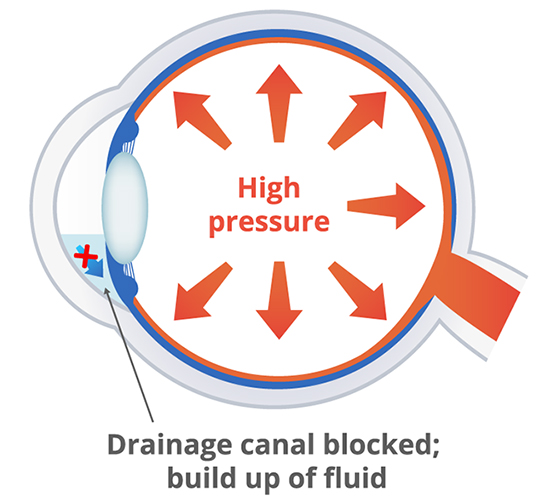Treatment Options / Surgery
Glaucoma Surgery
With early detection, glaucoma can be treated and a loss of vision can often be prevented. At the beginning stages, a patient with glaucoma may experience no visual symptoms which is why it is important for patients over the age of 40 with a family history of glaucoma to have an eye examination every two to four years.
There are many medical and surgical treatments for glaucoma to relieve pressure within the eye and prevent damage to the optic nerve. Our doctors provide state of the art treatments for glaucoma.

Several of the more common surgical options include:
- Laser Peripheral Iridotomy (LPI)
- Selective Laser Trabeculoplasty (SLT)
- YAG Laser Cyclophotocoagulation (YAG CP)
- Filtering Microsurgery (Trabeculectomy)
- Tube Shunt Surgery
At Massachusetts Eye Associates, your doctor will take the time to review their findings and recommendations with you so that you have a full understanding of the treatment plan undertaken to preserve your eyesight.
Glaucoma Surgical Options
There are many types of glaucoma surgery and combinations of techniques, but they all exist to do one thing: to help relieve the pressure on your eye that causes glaucoma and its attendant vision problems. At Massachusetts Eye Associates, we provide a complete array of glaucoma surgical options.
Laser Peripheral Iridotomy (LPI)
For patients with narrow-angle glaucoma, a small hole is made in the iris to increase the angle between the iris and cornea and encourage fluid drainage.
Argon Laser Trabeculoplasty (ALT) & Selective Laser Trabeculoplasty (SLT)
For patients with primary open-angle glaucoma (POAG), the trabecular passages are opened to increase fluid drainage. ALT is effective in about 75% of patients, and SLT may be repeated.
Nd: YAG Laser Cyclophotocoagulation (YAG CP)
For patients with severe glaucoma damage who have not been helped with other performed surgeries, the ciliary body that produces intraocular fluid is completely destroyed.
Filtering Microsurgery (Trabeculectomy)
This procedure is for patients whose intraocular pressure can no longer be controlled by eye drops, pills, or laser treatments. A new drainage passage is created by cutting a small hole in the sclera (the white part of the eye) and creating a collection pouch between the sclera and conjunctiva (the outer covering of the eye).
Tube Shunt Surgery
It May be recommended for patients with neovascular glaucoma, failed trabeculectomy, or susceptibility to developing scar tissue that involves inserting a thin, flexible tube (a shunt) with an attached silicone pouch in the eye to facilitate drainage.
